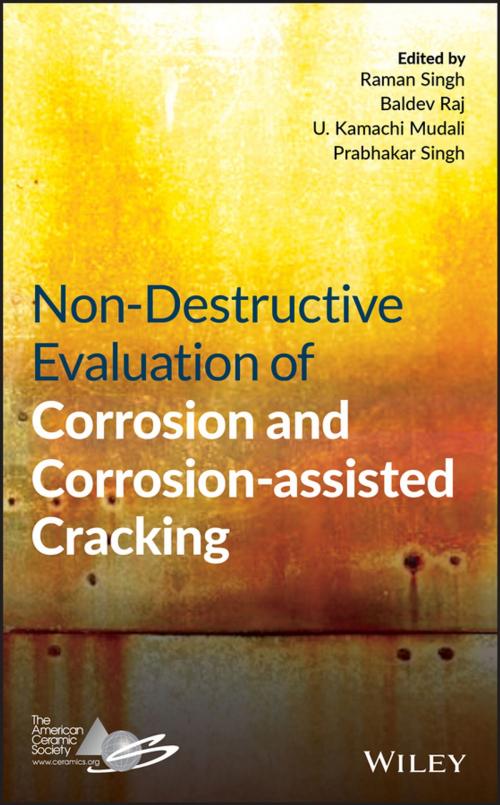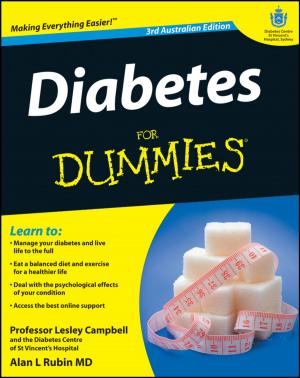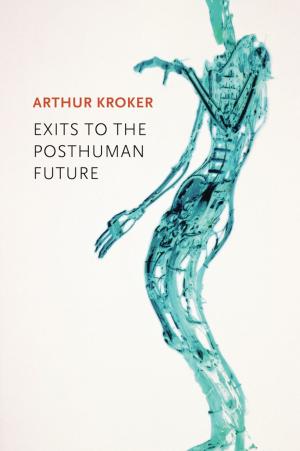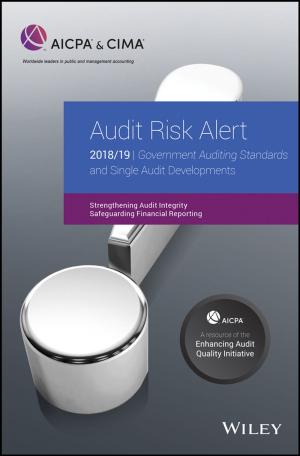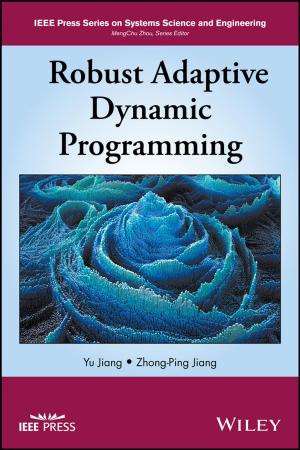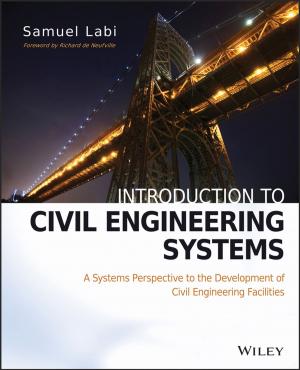Non-Destructive Evaluation of Corrosion and Corrosion-assisted Cracking
Nonfiction, Science & Nature, Technology, Material Science| Author: | ISBN: | 9781119428534 | |
| Publisher: | Wiley | Publication: | March 8, 2019 |
| Imprint: | Wiley-American Ceramic Society | Language: | English |
| Author: | |
| ISBN: | 9781119428534 |
| Publisher: | Wiley |
| Publication: | March 8, 2019 |
| Imprint: | Wiley-American Ceramic Society |
| Language: | English |
A comprehensive text to the non-destructive evaluation of degradation of materials due to environment that takes an interdisciplinary approach
Non-Destructive Evaluation of Corrosion and Corrosion-assisted Cracking is an important resource that covers the critical interdisciplinary topic of non-destructive evaluation of degradation of materials due to environment. The authors—noted experts in the field—offer an overview of the wide-variety of approaches to non-destructive evaluation and various types of corrosion. The text is filled with instructive case studies from a range of industries including aerospace, energy, defense, and processing.
The authors review the most common non-destructive evaluation techniques that are applied in both research and industry in order to evaluate the properties and more importantly degradation of materials components or systems without causing damage. Ultrasonic, radiographic, thermographic, electromagnetic, and optical are some of the methods explored in the book. This important text:
- Offers a groundbreaking interdisciplinary approach to of non-destructive evaluation of corrosion and corrosion-assisted cracking
- Discusses techniques for non-destructive evaluation and various types of corrosion
- Includes information on the application of a variety of techniques as well as specific case studies
- Contains information targeting industries such as aerospace, energy, processing
- Presents information from leading researchers and technologists in both non-destructive evaluation and corrosion
Written for life assessment and maintenance personnel involved in quality control, failure analysis, and R&D, Non-Destructive Evaluation of Corrosion and Corrosion-assisted Cracking is an essential interdisciplinary guide to the topic.
A comprehensive text to the non-destructive evaluation of degradation of materials due to environment that takes an interdisciplinary approach
Non-Destructive Evaluation of Corrosion and Corrosion-assisted Cracking is an important resource that covers the critical interdisciplinary topic of non-destructive evaluation of degradation of materials due to environment. The authors—noted experts in the field—offer an overview of the wide-variety of approaches to non-destructive evaluation and various types of corrosion. The text is filled with instructive case studies from a range of industries including aerospace, energy, defense, and processing.
The authors review the most common non-destructive evaluation techniques that are applied in both research and industry in order to evaluate the properties and more importantly degradation of materials components or systems without causing damage. Ultrasonic, radiographic, thermographic, electromagnetic, and optical are some of the methods explored in the book. This important text:
- Offers a groundbreaking interdisciplinary approach to of non-destructive evaluation of corrosion and corrosion-assisted cracking
- Discusses techniques for non-destructive evaluation and various types of corrosion
- Includes information on the application of a variety of techniques as well as specific case studies
- Contains information targeting industries such as aerospace, energy, processing
- Presents information from leading researchers and technologists in both non-destructive evaluation and corrosion
Written for life assessment and maintenance personnel involved in quality control, failure analysis, and R&D, Non-Destructive Evaluation of Corrosion and Corrosion-assisted Cracking is an essential interdisciplinary guide to the topic.
